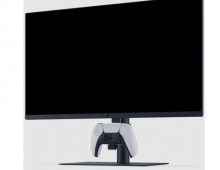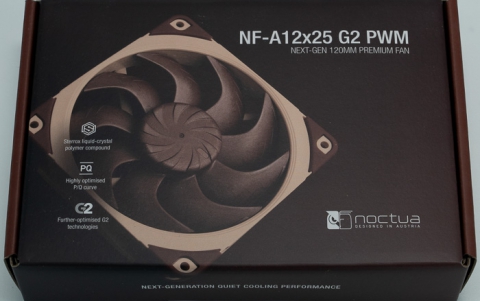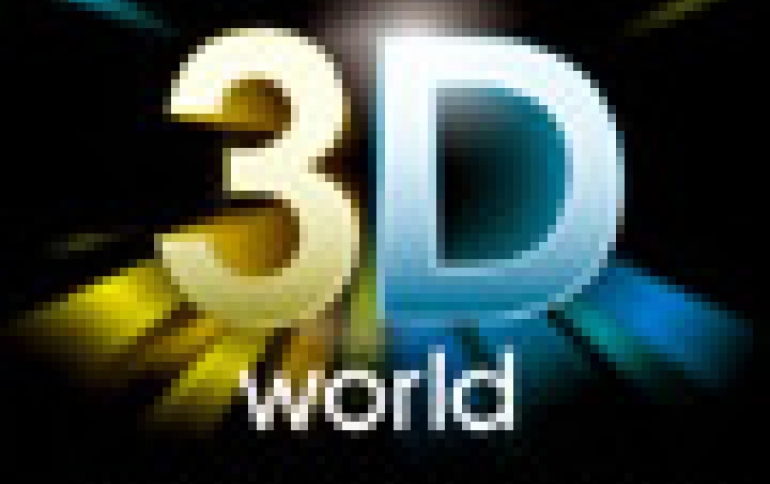
Sony Develops Augmented Reality Technology, Flexible Color E-paper And New 3D Display Method
Sony Corp has developed the "SmartAR" technology object recognition technology for mobile devices, 24- and 10-inch 3D LCD displays that can be viewed with the naked eye and a 13.3-inch flexible color electronic paper (e-paper) device.
The announcements were made at the 49th SID International Symposium, Seminar & Exhibition (SID 2011), the world's largest academic conference on display technologies.
SmartAR Integrated Augmented Reality technology
Sony developed the "SmartAR" Integrated Augmented Reality technology AR technology). When capturing visuals through a camera on a device such as a smartphone, the technology enables additional information to be displayed on the device?s screens such as virtual objects, or images and texts that cannot be identified by visual perception alone. The technology employs the markerless approach, forgoing any requirement for special markers such as 2D barcodes. Sony said that the object captured by the camera is quickly recognized and can be tracked at high-speed along with the movement of the camera, as it is displayed over the actual 3D space.
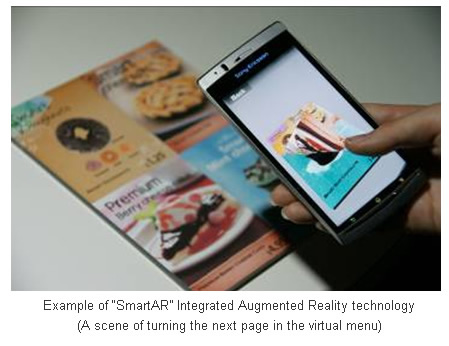
AR technology has recently been the subject of much interest, and is being used in a variety of applications such as advertisements, promotions, games, and information searches. Sony began researching AR in 1994 with two-dimensional barcodes recognition (marker approach), and in 1998, it developed VAIO "PCG-C1" personal computers equipped with software which automatically recognized "CyberCode."
"SmartAR" technology combines 'object recognition technology' (markerless approach in which no special markers are required) for recognition of general objects such as photographs and posters with Sony?s own proprietary '3D space recognition technology,' which has been fostered through the research of robots such as "AIBO" and "QRIO." With "SmartAR" technology objects can be recognized and tracked at high-speed. In addition to displaying virtual objects or additional image or text information, the technology also facilitates the expression of AR information over an extended space, thus producing a dynamic, large-scale AR experience.
Furthermore, information can be acquired or navigated by simply touching the AR information directly on the screen of the smartphone or other device.
Sony plans to continue to experiment with "SmartAR" technology with the aim to add new value for various services and business applications such as advertising and games.
13.3-inch Flexible Color E-paper
Sony also developed a 13.3-inch flexible color electronic paper (e-paper) device driven by low-temperature a-Si TFTs. By using a plastic substrate, Sony has managed to create an e-paper which is just 150μm thick and weighs 20g or less.
The e-paper device has a 13% color gamut on NTSC standards, a reflectance of 10% and a contrast ratio higher than 100,000:1. Its pixel consists of red, green, blue and white sub-pixels, and the pixel count is 1600 x 1,200. The resolution and gradation of the screen are 150 ppi and 16, respectively.
In order to achieve high color gamut and reflectance, Sony has precisely attached a TFT substrate to E Ink's front plate, reducing the margin between sub-pixels and increasing the aperture ratio of pixels.
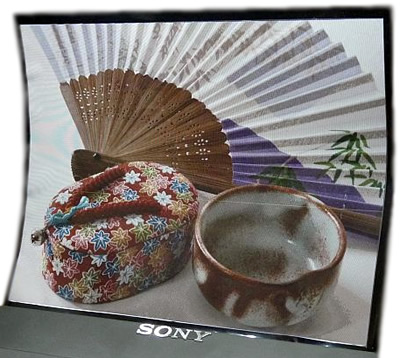
New 3D Display technology
At the same event, Sony showcased 24- and 10-inch 3D LCD displays that can be viewed with the naked eye.
The prototypes use a new 3D display method. Both prototyoes are able to switch between 2D and 3D modes and show different images to the right and left eyes.
The 24-inch 3D LCD display features six viewpoints, and it has been optimized to be viewed from a distance of 80 to 160cm.
In 3D mode, the display has a resolution of 960 x 360 pixels and a brightness of 86.1cd/m2. In 2D mode, the resolution is increased to 1,920 x 1,080 and the brighness reaches the 192cd/m2.
Sony plans to apply the new technology to future 4~30-inch 3D displays.
SmartAR Integrated Augmented Reality technology
Sony developed the "SmartAR" Integrated Augmented Reality technology AR technology). When capturing visuals through a camera on a device such as a smartphone, the technology enables additional information to be displayed on the device?s screens such as virtual objects, or images and texts that cannot be identified by visual perception alone. The technology employs the markerless approach, forgoing any requirement for special markers such as 2D barcodes. Sony said that the object captured by the camera is quickly recognized and can be tracked at high-speed along with the movement of the camera, as it is displayed over the actual 3D space.

AR technology has recently been the subject of much interest, and is being used in a variety of applications such as advertisements, promotions, games, and information searches. Sony began researching AR in 1994 with two-dimensional barcodes recognition (marker approach), and in 1998, it developed VAIO "PCG-C1" personal computers equipped with software which automatically recognized "CyberCode."
"SmartAR" technology combines 'object recognition technology' (markerless approach in which no special markers are required) for recognition of general objects such as photographs and posters with Sony?s own proprietary '3D space recognition technology,' which has been fostered through the research of robots such as "AIBO" and "QRIO." With "SmartAR" technology objects can be recognized and tracked at high-speed. In addition to displaying virtual objects or additional image or text information, the technology also facilitates the expression of AR information over an extended space, thus producing a dynamic, large-scale AR experience.
Furthermore, information can be acquired or navigated by simply touching the AR information directly on the screen of the smartphone or other device.
Sony plans to continue to experiment with "SmartAR" technology with the aim to add new value for various services and business applications such as advertising and games.
13.3-inch Flexible Color E-paper
Sony also developed a 13.3-inch flexible color electronic paper (e-paper) device driven by low-temperature a-Si TFTs. By using a plastic substrate, Sony has managed to create an e-paper which is just 150μm thick and weighs 20g or less.
The e-paper device has a 13% color gamut on NTSC standards, a reflectance of 10% and a contrast ratio higher than 100,000:1. Its pixel consists of red, green, blue and white sub-pixels, and the pixel count is 1600 x 1,200. The resolution and gradation of the screen are 150 ppi and 16, respectively.
In order to achieve high color gamut and reflectance, Sony has precisely attached a TFT substrate to E Ink's front plate, reducing the margin between sub-pixels and increasing the aperture ratio of pixels.

New 3D Display technology
At the same event, Sony showcased 24- and 10-inch 3D LCD displays that can be viewed with the naked eye.
The prototypes use a new 3D display method. Both prototyoes are able to switch between 2D and 3D modes and show different images to the right and left eyes.
The 24-inch 3D LCD display features six viewpoints, and it has been optimized to be viewed from a distance of 80 to 160cm.
In 3D mode, the display has a resolution of 960 x 360 pixels and a brightness of 86.1cd/m2. In 2D mode, the resolution is increased to 1,920 x 1,080 and the brighness reaches the 192cd/m2.
Sony plans to apply the new technology to future 4~30-inch 3D displays.


